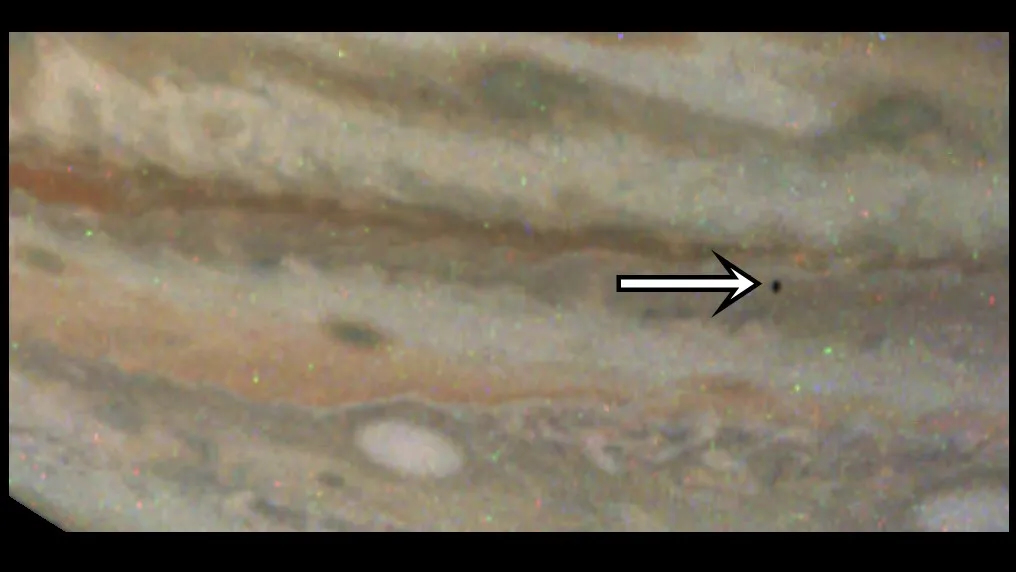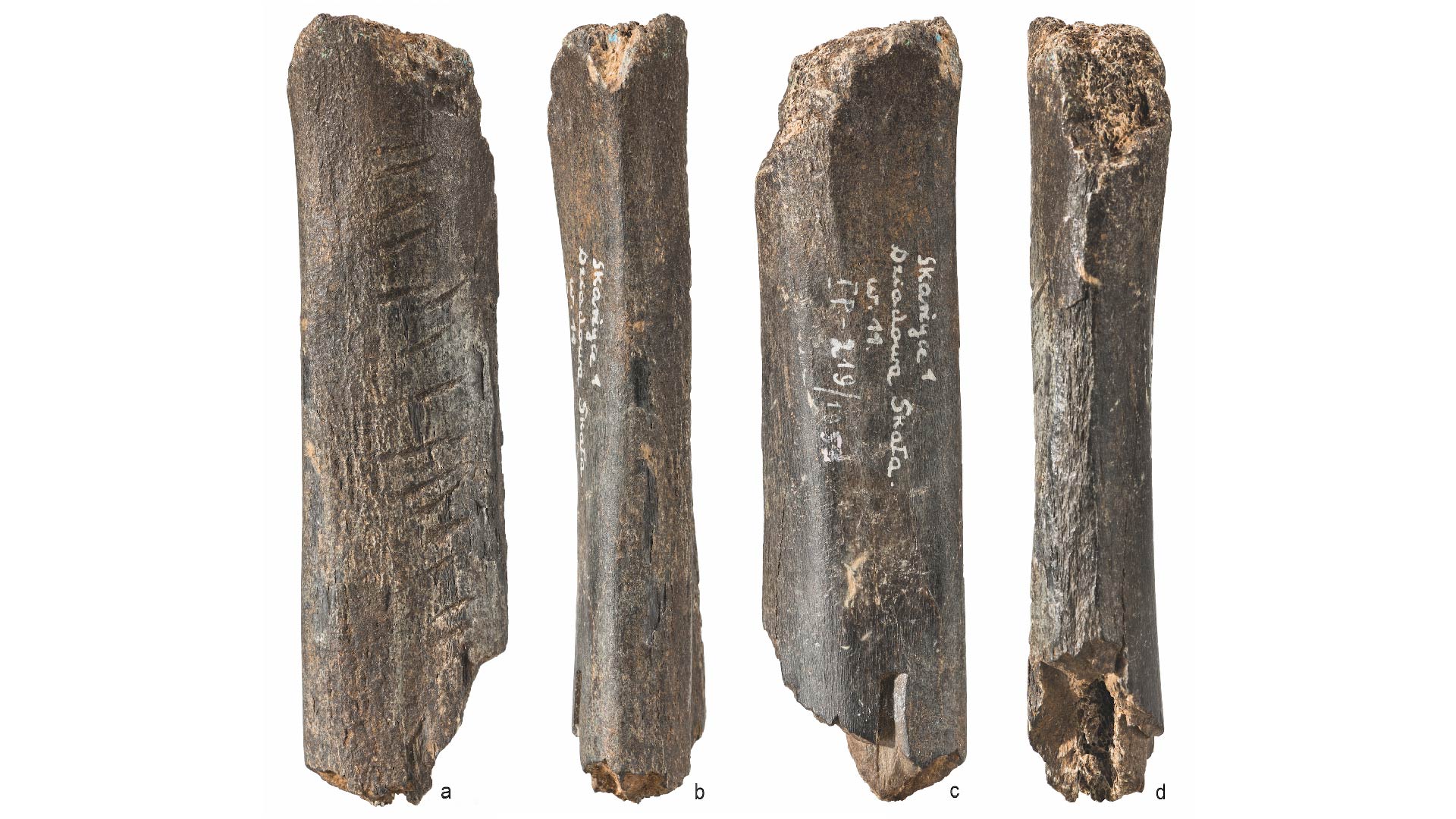Separations, Vol. 11, Pages 108: Carbon–Carbon Composite Membranes Derived from Small-Molecule-Compatibilized Immiscible PBI/6FDA-DAM-DABA Polymer Blends
Separations doi: 10.3390/separations11040108
Authors: Chamaal Karunaweera Nimanka P. Panapitiya Samitha Panangala Edson V. Perez Inga H. Musselman Kenneth J. Balkus John P. Ferraris
The use of immiscible polymer blends in gas separations is limited due to uncontrollable phase separation. In contrast, compatibilized immiscible polymer blends can be used as precursors with controlled morphologies that allow for a unique pore architecture. Herein, an immiscible polymer blend (1:1) comprising polybenzimidazole (PBI) and the copolyimide 6FDA-DAM:DABA [3:2], derived from reacting 4,4-(hexafluoroisopropylidene)diphthalic anhydride (6FDA) with 2,4,6-trimethyl-1,3-phenylenediamine (DAM) and 3,5-diaminobenzoic acid (DABA), were combined with durene diamine as a compatibilizer. The compatibilizer helped reduce the 6FDD domain sizes from 5.6 µm down to 0.77 µm and induced a more even 6FDA distribution and the formation of continuous thin-selective PBI layers. The carbon–carbon composite membranes derived from the compatibilized immiscible polymer blends showed a 3-fold increase in both H2 permeability and H2/CO2 selectivity compared to the membranes derived from non-compatibilized polymer blends. The H2 permeability of the compatibilized immiscible polymer blends increased from 3.6 to 27 Barrer, and their H2/CO2 selectivity increased from 7.2 to 20. The graphitic domain size of the carbon–carbon composite membranes derived from the polymer blends also increased from 6.3 nm for the non-compatibilized blend to 10.0 nm for the compatibilized blend.

 1 month ago
26
1 month ago
26


